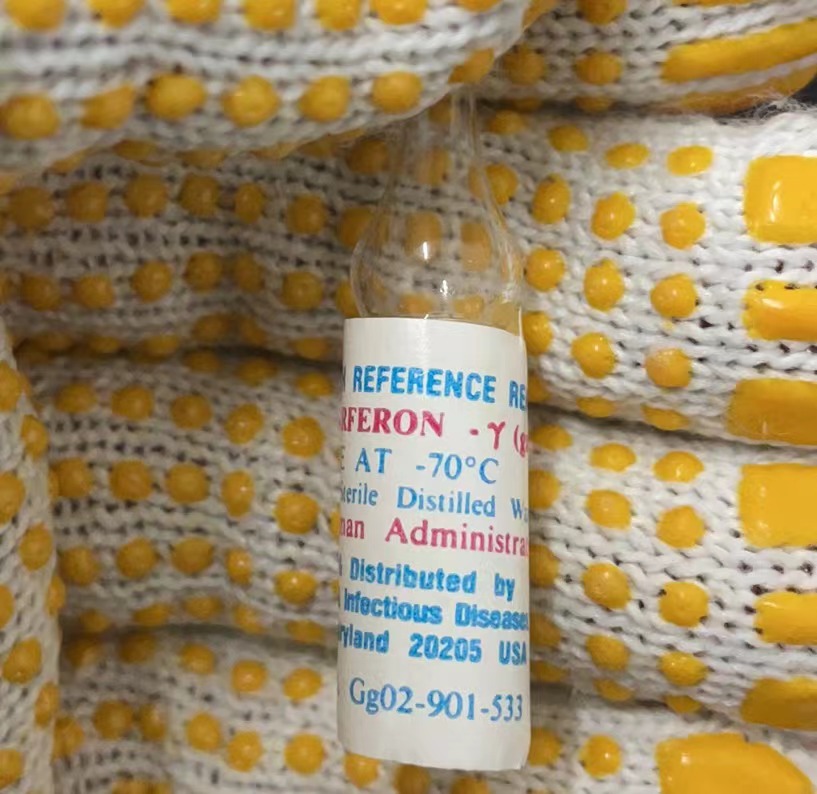NR-19764?? Bacillus anthracis Gateway? Clone Set, Recombinant in Escherichia coli, Plate 40(Clones)|Bacillus anthracis|Bacillus anthracis Gateway? Clone Set, Recombinant in Escherichia coli, Plate 40|-80°C or colder|Pathogen Functional Genomics Resource Center at the J. Craig Venter InstituteAcknowledgment for publications should read "The following reagent was obtained through BEI Resources, NIAID, NIH: Bacillus anthracis Gateway
? Clone Set, Recombinant in Escherichia coli, Plate 40, NR-19764."|Quantity limit per order for this item is 1. This item can be ordered twice a year. Orders over this limit will be sent to NIAID for approval before shipment.The Bacillus anthracis (B. anthracis) Gateway
? clone set consists of 58 plates which contain 5341 sequence validated clones from B. anthracis, strains Ames (5139 clones), Sterne (107 clones; contains plasmid pXO1 only) and A2012 (95 clones; contains plasmid pXO2 only) cloned in Escherichia coli (E. coli) DH10B-T1 cells. Each open reading frame was constructed in vector
pDONR?221 (
Invitrogen?) with a native start codon and no stop codon. The library was independently cloned and sequence verified by the
Harvard Institute of Proteomics.Information related to the use of Gateway
? Clones can be obtained from
Invitrogen?. Recombination was facilitated through a Harvard-modified attB substrate (attB-PCR product or a linearized attB expression clone) with an attP substrate (pDONR?221) to create an attL-containing entry clone. The entry clone contains recombinational cloning sites, attL1 and attL2 to facilitate gene transfer into a destination vector, M13 forward and reverse priming sites for sequencing and a kanamycin resistance gene for selection. Please refer to the Invitrogen?
Gateway? Technology Manual for additional details.Plate orientation and viability were confirmed for NR-19764.Each inoculated well of the 96-well plate contains approximately 60 ?L of E. coli culture (strain DH10B-T1) in Luria Bertani (LB) broth containing 50 ?g/mL kanamycin supplemented with 15% glycerol.Clone plates are replicated using a BioMek
? FX robot. Production in the 96-well format has increased risk of cross-contamination between adjacent wells. Individual clones should be purified (e.g. single colony isolation and purification using good microbiological practices) and sequence-verified prior to use. BEI Resources only confirms the clone plate orientation and viability of randomly picked clones. BEI Resources does not confirm or validate individual clone identities provided by the contributor.


